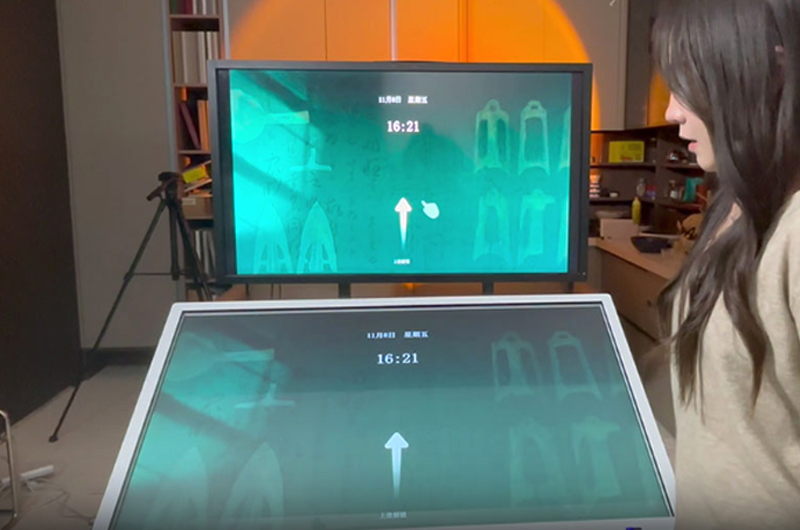Flying screen software is a multi screen interaction tool based on multi touch, multi screen interaction, and wireless transmission technology, which can achieve fast synchronization, shared display, and remote control of content between different devices, bringing users a new interactive experience.
Core functions
- Multi screen interaction and content sharing
- Support instant synchronization of content (such as pictures, videos, documents) from touch all-in-one machines, tablets, and other devices to large screens (such as splicing screens, projectors) to achieve shared display of multimedia materials.
- For example, in a conference, the speaker can operate the all-in-one touch screen, and the audience can clearly view the PPT or video content by splicing the large screen.
- Remote control and special effects display
- Users can remotely control the large screen through touch operations to display special effects such as zooming in, zooming out, rotating, and annotating, enhancing interactivity and immersion.
- In the exhibition scene, visitors can "shake" the exhibit information onto the large screen through the touch screen to obtain more detailed introductions.
- Multi level directory and flexible management
- Support multi-level directory structure, users can customize the addition of images, videos, documents and other content, making it convenient to organize and display materials according to their needs.
- For example, merchants can display product features through different catalog categories to improve information dissemination efficiency.
- Gesture operation and personalized design
- Support gesture operations such as circle drawing, commenting, and dragging, allowing users to personalize the displayed content.
- Provide customizable backgrounds, button positions, UI interfaces, and other features to meet diverse display needs.
- Compatibility and Scalability
- Compatible with multiple devices and systems (such as Windows, Android), supporting touch or non touch display devices (such as projectors, splicing screens).
- Can be used in conjunction with multimedia products such as electronic signature systems and motion sensing interactive devices to expand application scenarios.




